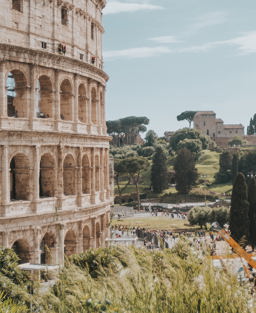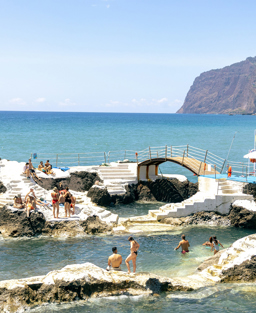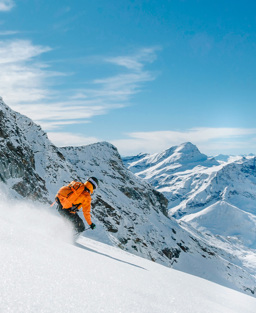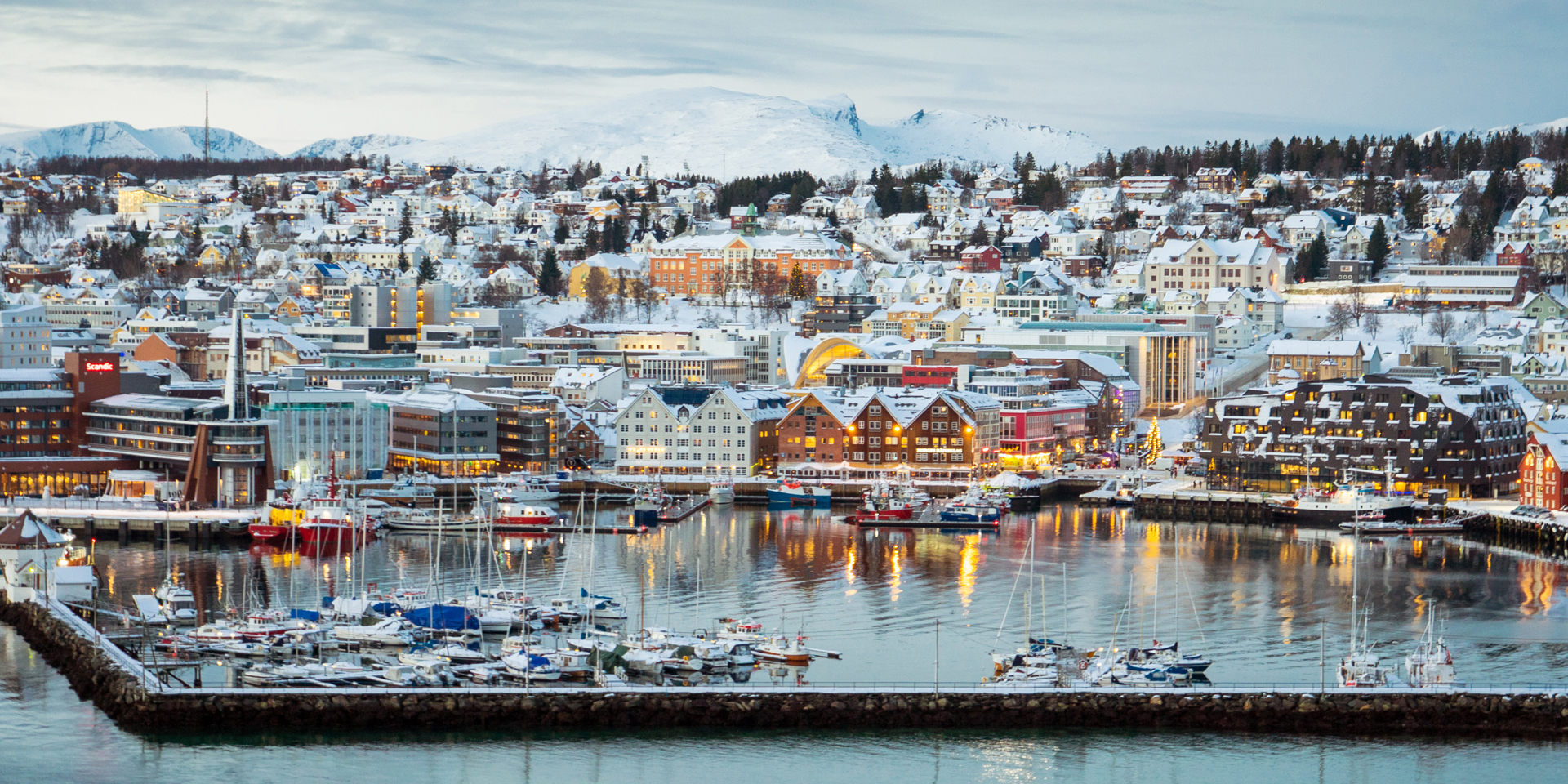

European city breaks with surprisingly few tourists
It’s a real delight discovering the quieter corners of Europe and all they have to offer
Words: Ben West
03/09/2025
In these hectic times, there’s nothing better than immersing yourself in a lesser-known destination. Sights are likely to be easier to access and venues, restaurants, bars, streets and parks are noticeably quieter. And, with a city far less focused on being a tourist trap, you may get more of an insight into the typical way of life in the region,. Even better, prices are often lower than those in their more famous counterparts. If you’re keen to expand your city break horizons, these are the top five destinations to add to your travel bucket list.
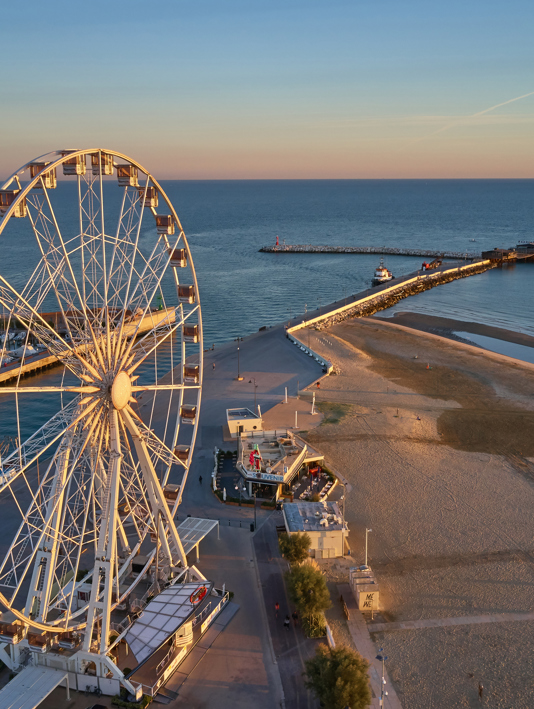
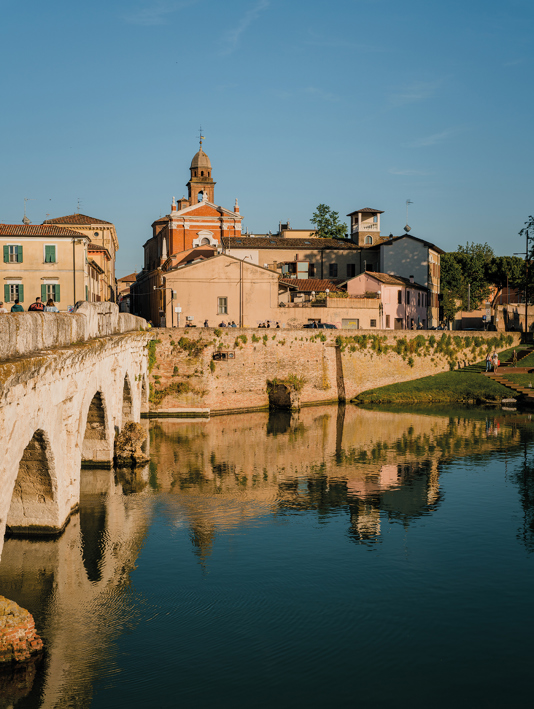
The Turing Ferris Wheel in the beach in Rimini (Adobe Stock); Ponte Tiberio spans the city’s Marecchia River (Lavinia Cernau). Opening image: Tromsø in northern Norway
Rimini, Italy
Why go...? There’s a heady mix of beaches, culture and nightlife
While Rimini can’t be described as an undiscovered backwater, this Adriatic resort is still comparatively quiet compared to many other Italian cities, including neighbouring Bologna and Florence. Especially popular with Italians, this unpretentious destination has loads to offer, including a glorious nine miles of wide sandy beach, colourful streets and a spirited nightlife and impressive Roman remains, topped with a charming, cobbled fishing village. There are beautiful hilltop towns nearby to explore, too, delivering bags of charm and spellbinding landscapes, such as Santarcangelo di Romagna, famous for its network of man-made caves and tunnels that form an extensive labyrinth under the town, and San Leo, an artistic, fort-topped destination referenced by poet Dante Alighieri in The Divine Comedy.
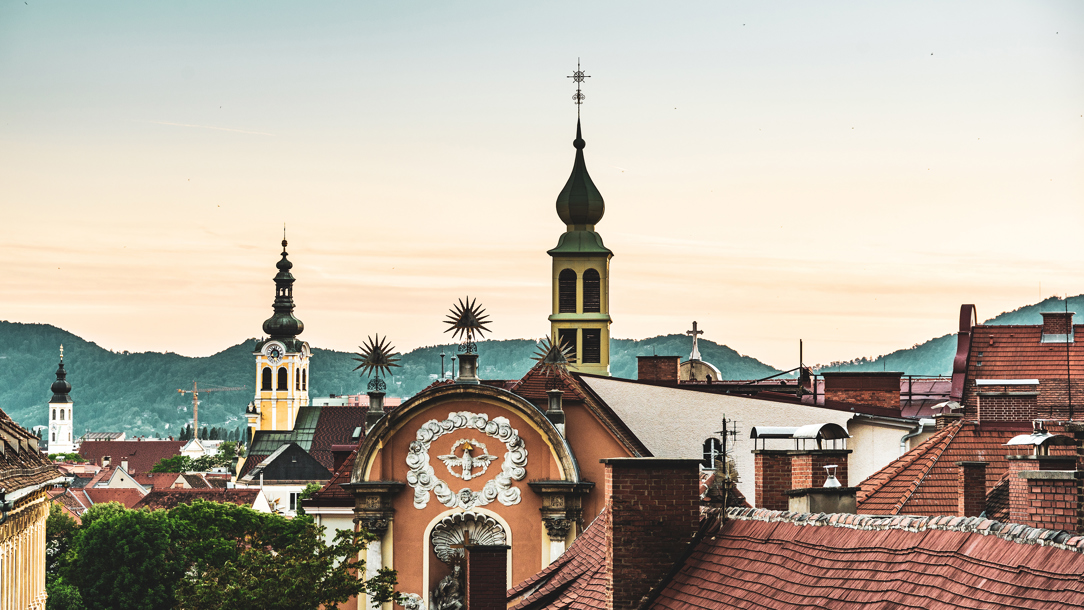
The Church of Mercy (Barmherzigenkirche) is part of the Unesco World Heritage Site in Graz (Adobe Stock)
Graz, Austria
Why go? Its elegant architecture, classy cuisine and lively nightlife are a delicious recipe for fun
Long overshadowed by Vienna and Salzburg, it’s surprising that Austria’s second city has received so little of the limelight, considering its abundant charms. Set on the River Mur, it has an entrancing mix of architectural styles, including Renaissance, Gothic, Art Nouveau and slickly modern, and is small enough to explore on foot. No wonder it’s a Unesco World Heritage Site. Take the funicular to admire the famous Uhrturm (clock tower), terracotta rooftops of the old town and beautiful landscapes beyond. A sizeable student population ensures an energetic nightlife scene, while Graz is also known as Austria’s culinary capital. Surrounded by the vineyards and farms of Styria, it has excellent restaurants for all budgets.
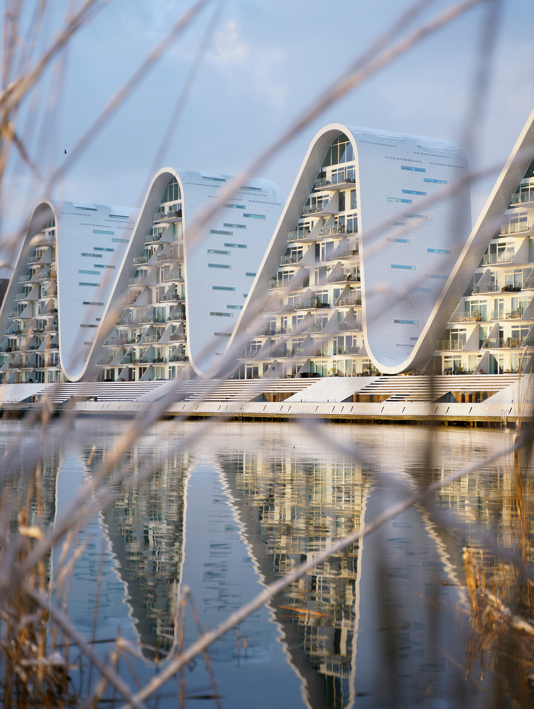
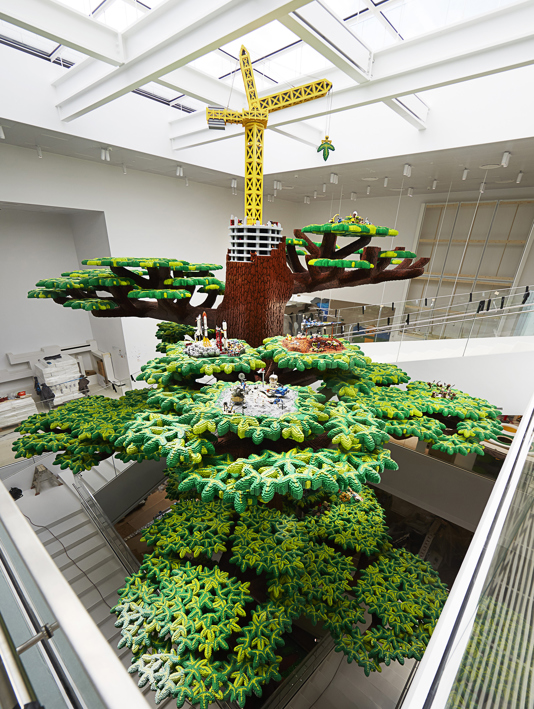
‘The Wave’ (Bølgen) apartment building in Vejle, near Billund (Morten Elsborg Jop/Unsplash); the iconic Tree of Creativity in the Lego House
Billund, Denmark
Why go? It’s the ultimate European destination for kids
This city in central Denmark is known as ‘The Capital of Children’ and was the first Danish city to be designated as a Unicef Child Friendly City – in 2020. Not only does it have the first Legoland park, which opened in 1968, but also the Lego House, an experience centre and museum filled with 25 million Lego bricks. There’s also amusement park Wow Park. But there’s much more to Billund than that. The wider area, Trekantområdet, or Triangle Region, little explored by tourists, is a hub for cultural experiences, history and nature. Kolding is a centre for design and culture and has lovely beaches near the town, while Vejle offers cultural hotspots that provide insight into the lives of the Vikings and Iron Age people, high-end gastronomy (including some Michelin-starred spots) and excellent cycling routes.
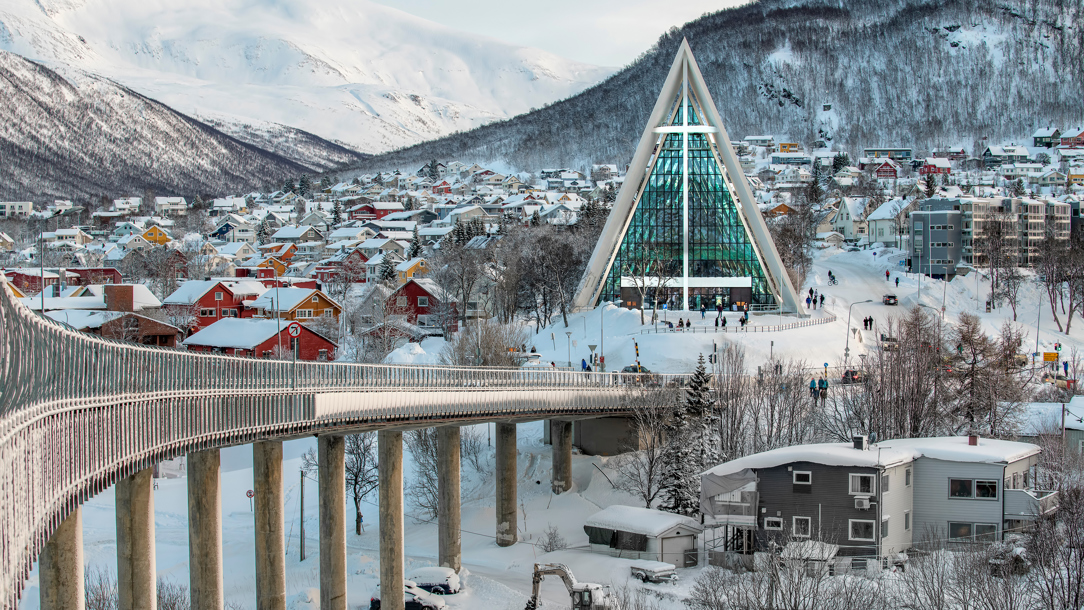
Arctic Cathedral (Ishavskatedralen) in Tromsø (Adobe Stock)
Tromsø, Norway
Why go? Because awesome Arctic adventures await…
Compact and very walkable, this Scandinavian gem is surrounded by icy fjords and snow-capped mountains. It’s known for being one of the best places to see the spectacular northern lights (and, in summer, the midnight sun), while Arctic cruises to see whales and eagles in their natural habitat and snowshoe hikes are just two of the snowy delights that should also be on your itinerary. The striking triangular-shaped Arctic Cathedral shouldn’t be missed, and its restaurants and cosy cafés offer local cuisine such as salmon, tørrfisk (dried cod) and fårikål (a mutton and cabbage stew). For a great view of the city, take the Fjellheisen cable car.
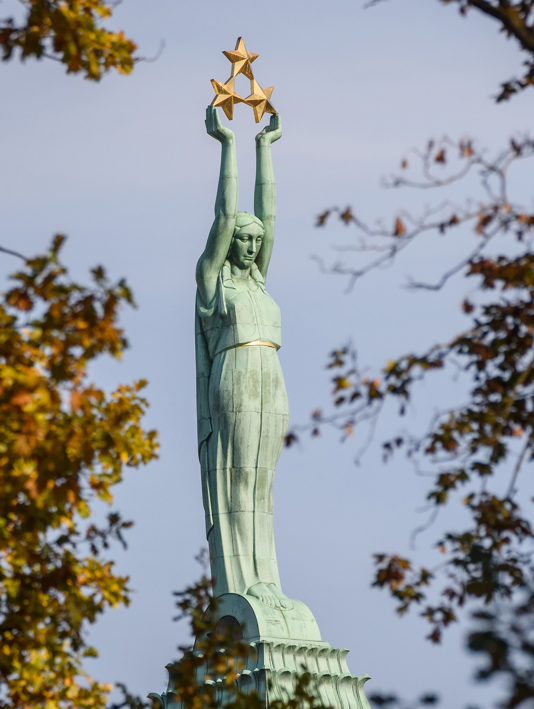
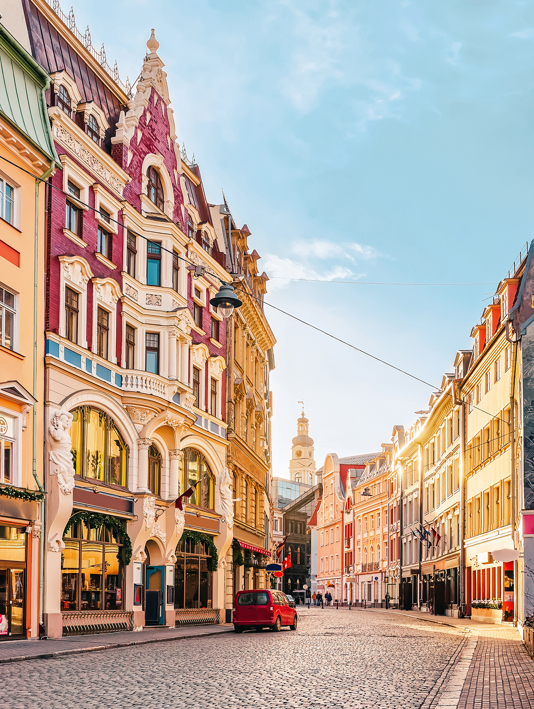
The Freedom Monument in the centre of Riga (Adobe Stock); cobblestone street in Vecrīga, the historic Old Town of Riga (Adobe Stock)
Riga, Latvia
Why go? Its architectural array is backed up by a fab restaurant and bar scene
While gradually becoming more popular, the Baltic States are still relatively undiscovered. Latvia’s capital, Riga, is not only a magnificent mix of diverse architectural styles, possessing a cosmopolitan café, bar, restaurant and music scene, but also one of Europe’s most affordable city break options. As well as a beautiful, cobbled old town, it has an exceptional Art Nouveau district around Alberta Street, and a host of buildings ancient and modern to admire, such as Riga Cathedral. Walk along the canal, visit Riga Central Market, one of the largest in Europe, and learn about Latvia’s Soviet and Nazi occupations between 1940 and 1991 at the Museum of the Occupation of Latvia.
Looking for even more reasons to fly to Europe this summer? With 100-plus destinations to choose from, complimentary refreshments on board and Avios to collect, British Airways’ travel essentials make your journey that much more enjoyable. Learn more here


